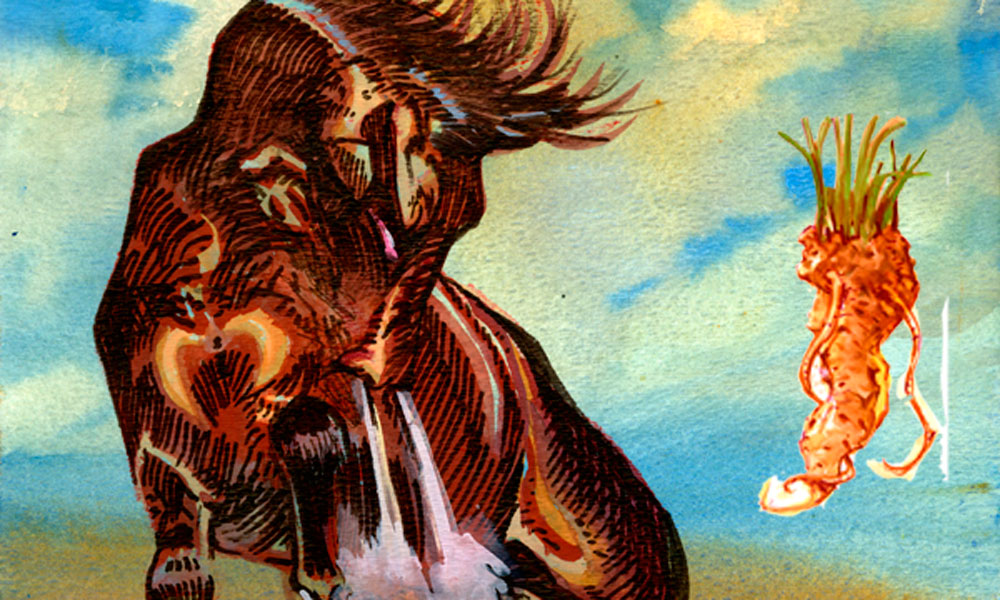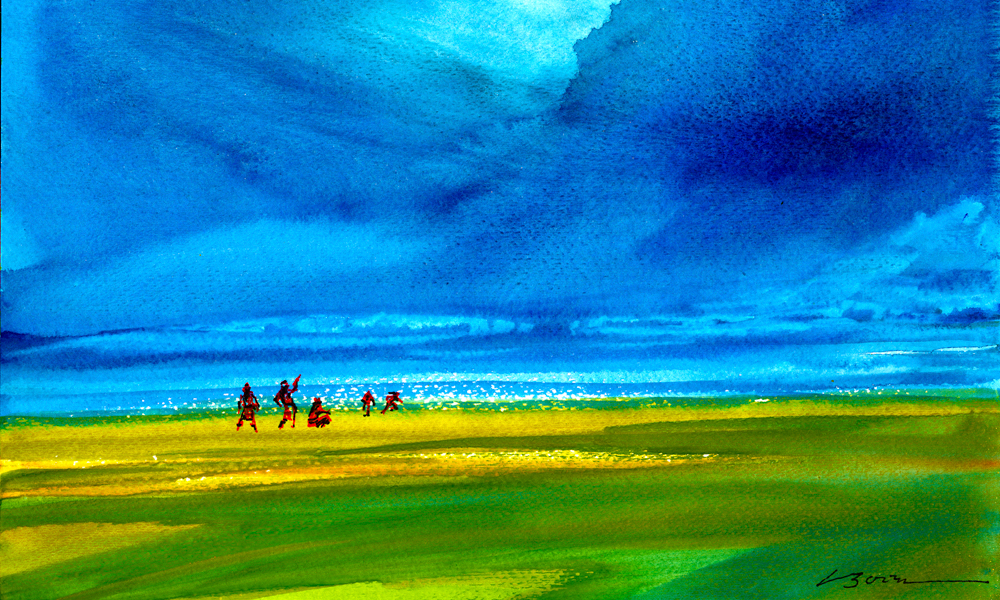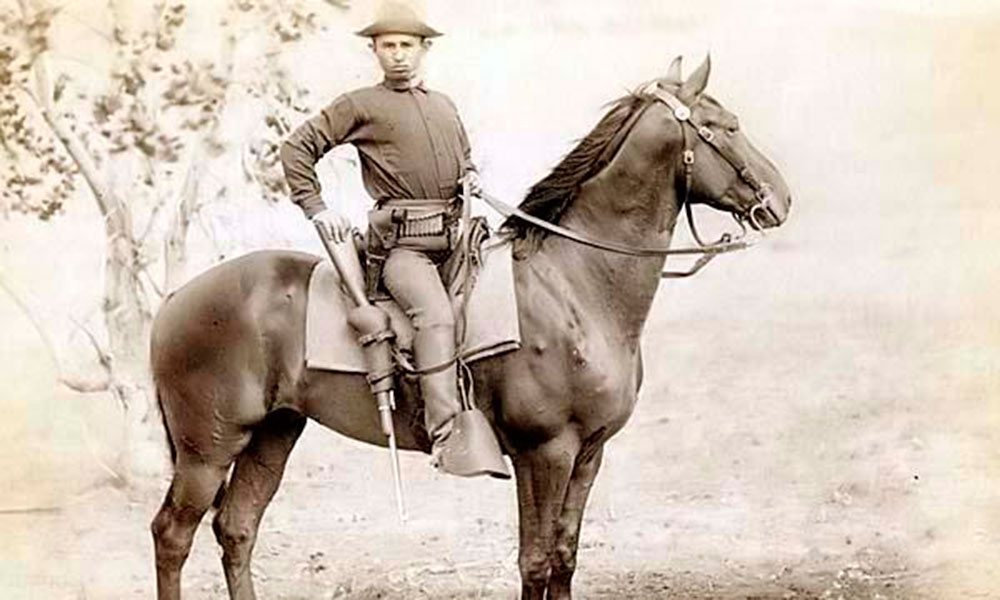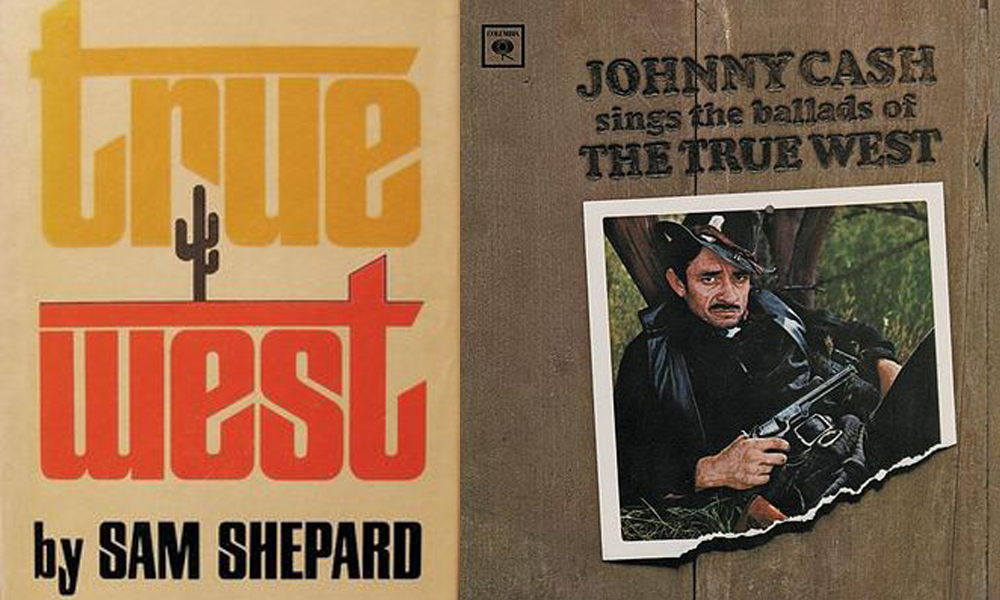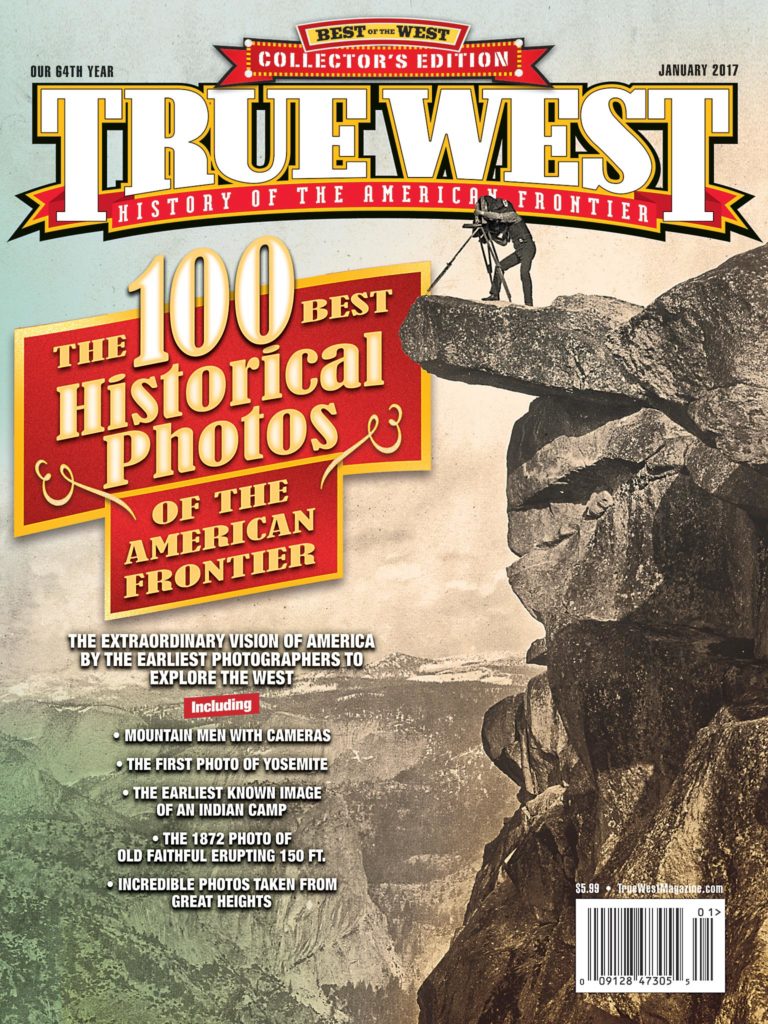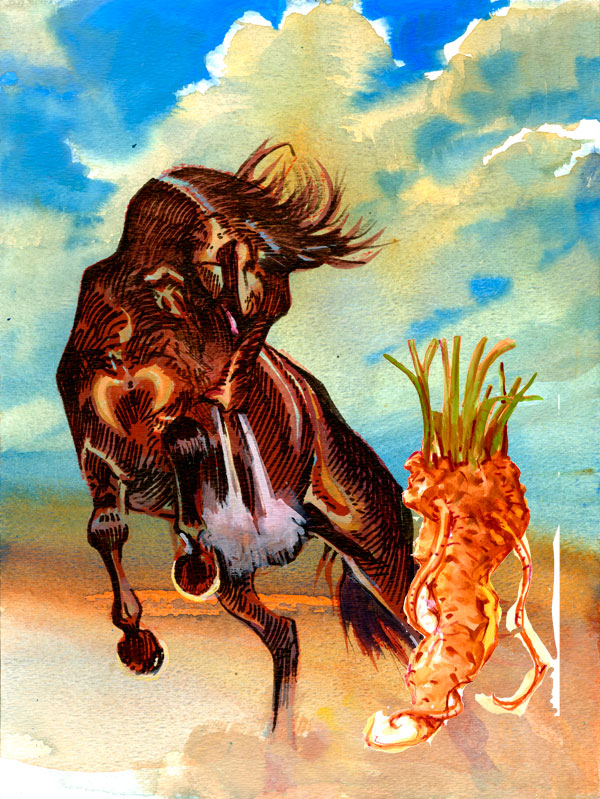
Back in the old days the word “horse” was often used to describe something large. So, when the pioneers saw a large white radish, they put the two together and that’s how we got horseradish. Ironically, the plant contains glucosinolates and even a small dose can cause colic and digestive issues in the equine system, and yes, large amounts can kill a horse. Now that’s ironic, no?

